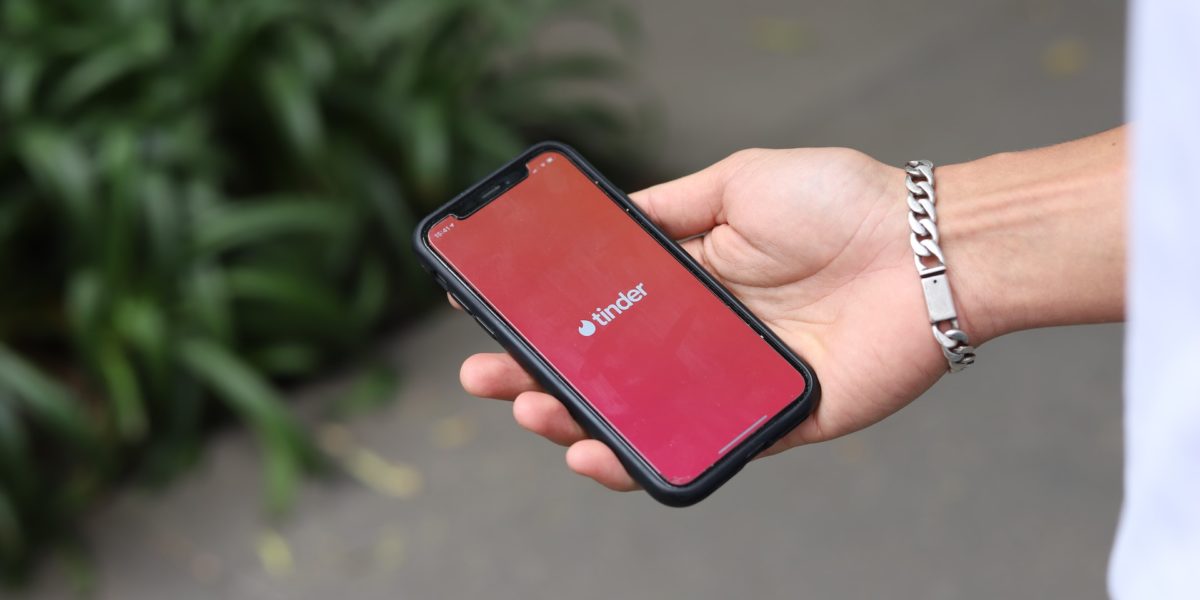Three little words with a huge meaning. Words you might long to yell from the rooftops when you feel them, but which you might not dare speak straight away. Not until you’re sure the other person will respond with an affirmative ‘I love you, too’.
Bonus material
Anyone looking to boost their message of love adds a signal. A little heart at the end of an e-mail, a personal playlist (ideally on cassette), an affectionate emoji or a bunch of red roses on Valentine’s Day. Some tokens of love arose over the course of history, while others were a commercial invention.
Valentine’s Day
Contrary to what many people think, Valentine’s Day was not invented by Hallmark or some other bright spark in the greeting card industry. It was Pope Gelasius who placed the commemoration of St Valentine on the Catholic calendar in 496. There have been several theories since then about the connection between St Valentine, Valentine’s Day and love. The most plausible derives from medieval courtly love poetry. In the poem Parliament of Fowls, written around 1380 by the English poet Geoffrey Chaucer, St Valentine’s Day is when the birds choose their mates.
Romance sells
The British were celebrating Valentine’s Day by the mid-17th century. Prosperous men drew lots with women’s names on them. They then presented the lady in question with a homemade gift: a card with a handwritten verse or a drawing, say. The love token was folded and sealed with wax, and left on the woman’s doorstep. Homemade and painted versions disappeared after the industrial revolution and the appearance of companies like Hallmark in 1910. Valentine’s Day cards became a mass product, accessible to anybody wishing to declare their love to someone.












